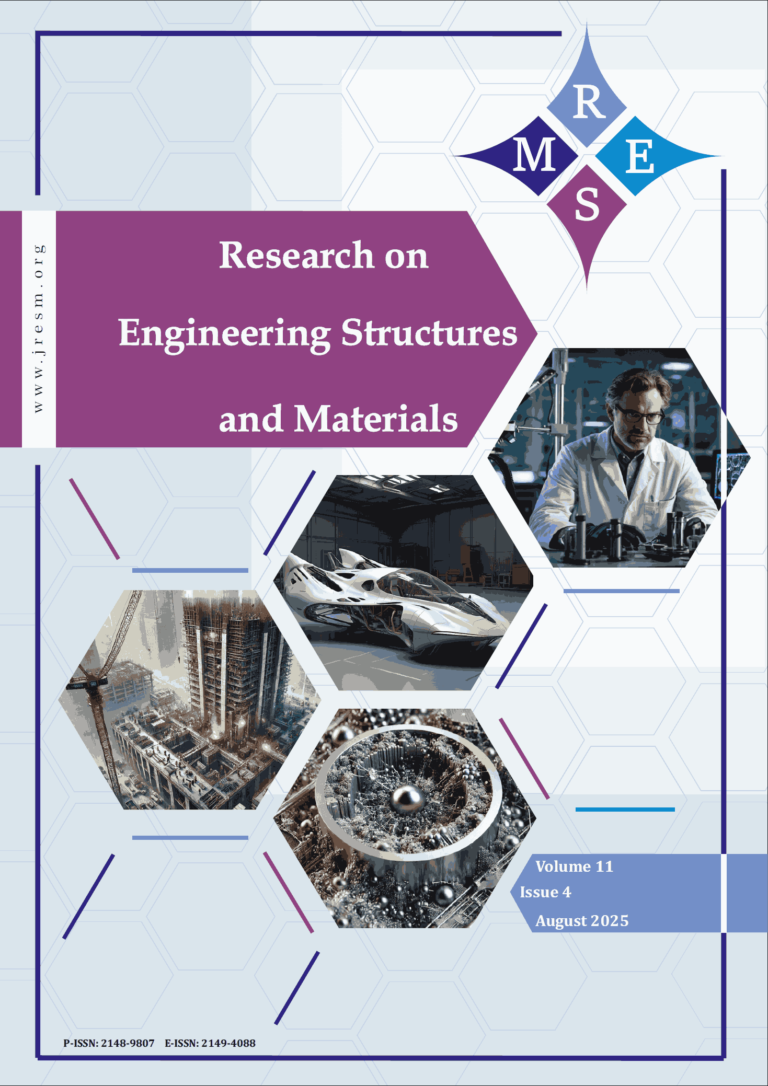This review explores the burgeoning field of microbially enhanced construction materials, with a special focus on self-healing concrete, through the lens of microbial biotechnology. Central to this discourse is the innovative use of bacteria, particularly Bacillus species, to address the pervasive issue of microcracks in concrete, a fundamental material in the construction industry. Traditional remedies, such as chemical admixtures and fiber reinforcements, offer partial solutions; however, self-healing concrete represents a paradigm shift, harnessing the natural calcite-precipitating ability of bacteria to autonomously repair cracks, thereby augmenting structural durability and longevity. Delving into the mechanics, the bacteria, embedded within the concrete matrix, remain dormant until crack formation triggers their metabolic pathways, leading to calcite production that effectively seals the fissures. This bio-mediated repair mechanism not only enhances the structural integrity of concrete but also aligns with sustainable construction practices by minimizing maintenance requirements and material wastage. The review extends beyond self-healing phenomena, encompassing broader applications of microbial technology in construction, including bio-concrete, bio-cement, and soil stabilization methods. These applications underscore the versatility of microbes in enhancing material properties such as compressive strength, tensile resilience, and water impermeability. Empirical evidence underscores the necessity of optimizing bacterial dosages and curing conditions to maximize the self-healing efficiency. Future research trajectories should aim to elucidate the complex interactions between microbial agents and concrete matrices, assess long-term performance, and evaluate the environmental and economic sustainability of microbial interventions in construction. The integration of microbial technology in construction materials heralds a new epoch of innovation, offering robust, sustainable, and resilient solutions to enduring challenges in the industry.
